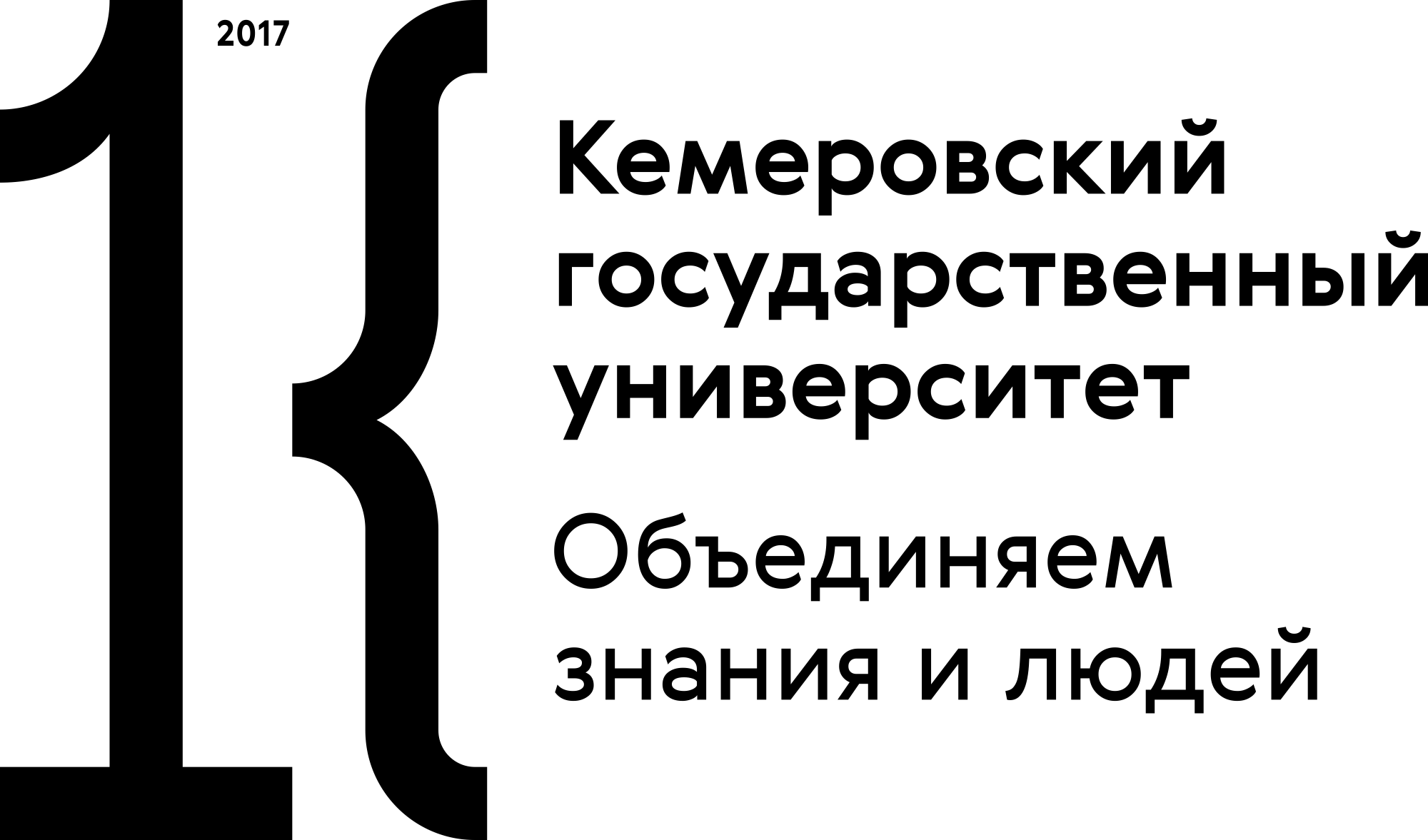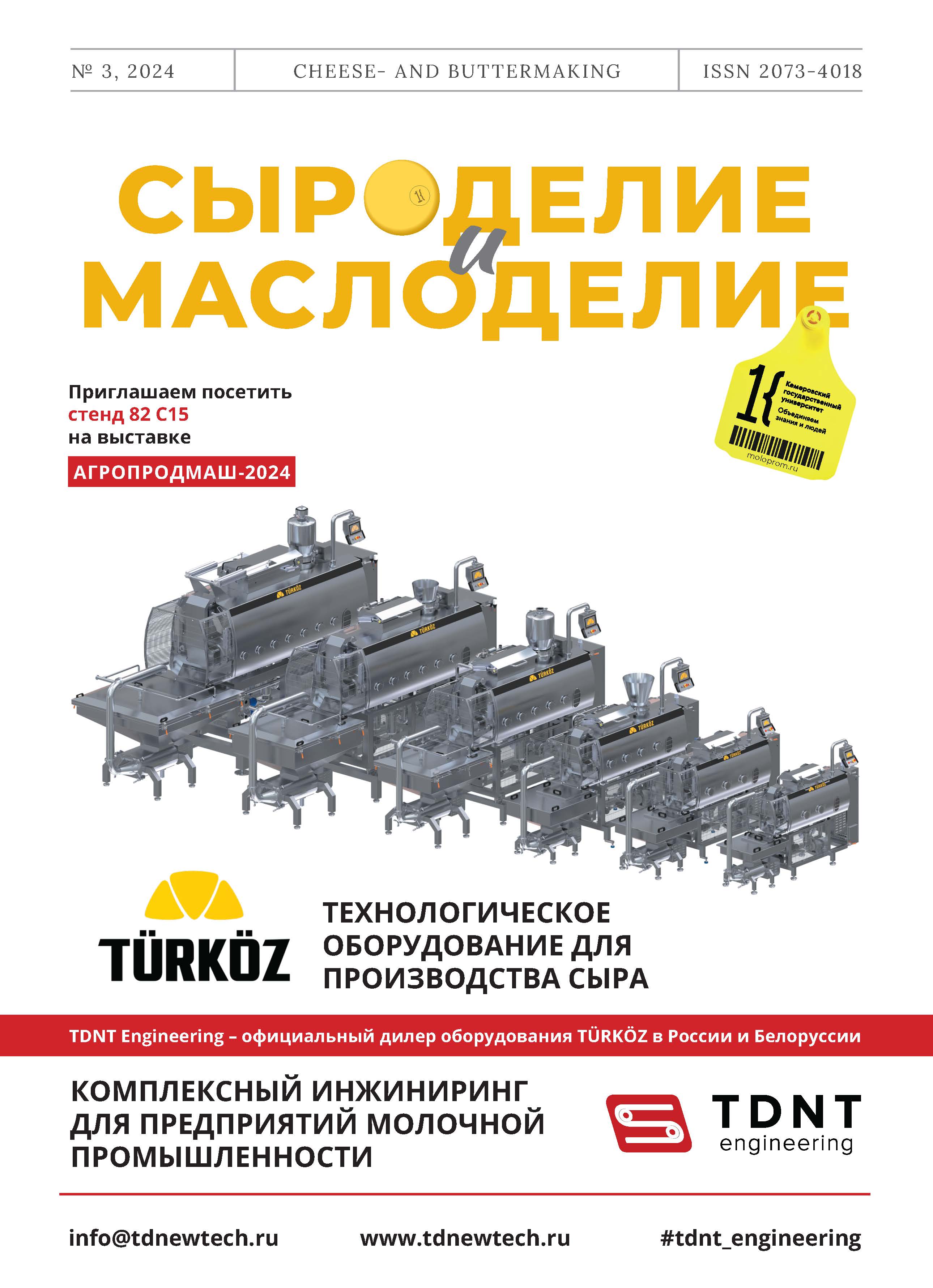Uglich, Russian Federation
Uglich, Russian Federation
Uglich, Russian Federation
Uglich, Russian Federation
Bovine mastitis is a common hygiene-related issue in milk production. It increases the somatic cell count in milk. Somatic cell count is an important indirect indicator of milk quality. Somatic cells include those of udder and blood. Normally, one healthy udder lobe secretes ≤ 500,000 somatic cells per 1 cm3 milk. In the presence of pathogenic bacteria, the same amount indicates a latent infection. Inflammatory processes in the udder include impaired secretion and mastitis. They increase the number of leukocytes and other blood cells in the total somatic cell count, which means that the milk came from sick cows. Raw milk for cheese production must contain ≤ 4×105 cells per 1 cm3. Mastitis, or garget milk is not suitable for cheese production. Staphylococcus aureus is the most common causative agent of staphylococcal mastitis in cows. Coagulase-positive staphylococci are responsible for 30-50% cases of infectious mastitis. They pose great risks for bulk-formed cheeses. Mastitis affects milk processing, taste, and storage capacity. It is high in chlorides and low in lactose, which gives it a flat and salty-bitter taste. If somatic cell count exceeds 5×105 cells per 1 cm3, the resulting milk has poor thermal stability. As the content of somatic cells in milk increases, so does the rennet coagulation time: fat goes into whey and moisture in curd increases, which eventually reduces cheese yield.
mastitis, somatic cells, pathogenic microorganisms, milk for cheese production
1. Zigo, F. Maintaining optimal mammary gland health and prevention of mastitis / F. Zigo [et al.] // Frontiers in veterinary science. 2021. Vol. 8. 607311. https://doi.org/10.3389%2Ffvets.2021.607311
2. Sharma, N. Mastitis occurrence pattern in dairy cows and importance of related risk factors in the occurrence of mastitis / N. Sharma [et al.] // Journal of Animal Research. 2018. Vol. 8(2). R. 315–326. https://doi.org/10.30954/2277-940X.04.2018.23
3. Gonçalves, J. L. Using milk leukocyte differentials for diagnosis of subclinical bovine mastitis / J. L. Gonçalves [et al.] // Journal of Dairy Research. 2017. Vol. 84(3). R. 309–317. https://doi.org/10.1017/s0022029917000267
4. Rainard, P. Invited review: Low milk somatic cell count and susceptibility to mastitis / P. Rainard [et al.] // Journal of Dairy Science. 2018. Vol. 101(8). R. 6703–6714. https://doi.org/10.3168/jds.2018-14593
5. Pavlov V. A. Proizvodstvo moloka i molochnyh produktov (sanitarno-gigienicheskie trebovaniya) / V. A. Pavlov, V. V. Pavlova. – M.: Informagroteh, 1999. – 123 s.
6. Sviridenko G. M. Mikrobiologicheskie riski pri proizvodstve moloka i molochnyh produktov / G. M. Sviridenko. – M.: RASHN, 2009. – 245 s.
7. Litwińczuk, Z. Factors determining the susceptibility of cowsto mastitis and losses incurred by producers due to the disease–a review / Z. Litwińczuk, J. Król, A. Brodziak // Annals of Animal Science. 2015. Vol. 15(4). R. 819–831. http://doi.org/10.1515/aoas-2015-0035
8. Romero, G. Effects of machine milking on udder health in dairy ewes / G. Romero [et al.] // Small ruminant research. 2020. Vol. 188. 106096. https://doi.org/10.1016/j.smallrumres.2020.106096
9. Fuzatti, J. V. S. Prevalence of mastitis and characterization of milking management of dairy cows in northwestern Sao Paulo state / J. V. S. Fuzatti [et al.] // Boletim de Indústria Animal. 2021. Vol. 78. R. 1–13. https://doi.org/10.17523/bia.2021.v78.e1497
10. Palii, A. P. Impact of various milking equipment on incidence of mastitis in dairy herd / A. P. Palii [et al.] // Ukrainian Journal of Ecology. 2020. Vol. 10(5). R. 160–165. http://doi.org/10.15421/2020_224
11. Sinapis, E. Effect of vacuum level on milking efficiency, somatic cell counts (SCC) and teat end wall thickness in ewes of Greek mountain Boutsiko breed / E. Sinapis [et al.] // Life Sciences. Vol. 104. P. 128–134. http://doi.org/10.1016/j.livsci.2006.03.027
12. Guccione J. Clinical evaluation of poor milking procedures effects on dairy Mediterranean buffaloes udder health / J. Guccione [et al.] // Large Animal Review. 2017. Vol. 23(4). R. 155–157.
13. Besier, J. Vacuum levels and milk-flow-dependent vacuum drops affect machine milking performance and teat condition in dairy cows / J. Besier, R. M. Bruckmaier // Journal of Dairy Science. 2016. Vol. 99(4). R. 3096–3102. https://doi.org/10.3168/jds.2015-10340
14. Bekuma, A. Review on hygienic milk products practice and occurrence of mastitis in cow’s milk / A. Bekuma, U. Galmessa // Agricultural Research & Technology: Open Access Journal. 2018. Vol. 18(2). R. 1–11.
15. Krebs, I. Severity of Clinical Mastitis and Bacterial Shedding / I. Krebs [et al.] // Pathogens. 2023. Vol. 12(9). 1098. https://doi.org/10.3390/pathogens12091098
16. Baymisheva, D. Sh. Mikroflora moloka pri mastitah / D. Sh. Baymisheva, L. A. Korosteleva // Molochnaya promyshlennost'. 2007. № 11. S. 16–19. https://www.elibrary.ru/icdten
17. Fredebeul-Krein, F. Factors associated with the severity of clinical mastitis / F. Fredebeul-Krein [et al.] // Pathogens. 2022. Vol. 11(10). 1089. https://doi.org/10.3390%2Fpathogens11101089
18. Krebs, I. Severity of Clinical Mastitis and Bacterial Shedding / I. Krebs [et al.] // Pathogens. 2023. Vol. 12(9). 1098. https://doi. org/10.3390/pathogens12091098
19. Torres, G. Streptococcus agalactiae virulence factors isolatedfrom bovine mastitis and antibiotic treatment response / G. Torres [et al.] // Journal of Applied Microbiology. 2023. Vol. 134(6). lxad116. https://doi.org/10.1093/jambio/lxad116
20. Hogan, J. S. Rate of environmental mastitis in quarters infected with Corynebacterium bovis and Staphylococcus species / J. S. Hogan [et al.] // Journal of Dairy Science. 1988. Vol. 71(9). R. 2520–2525. https://doi.org/10.3168/jds.S0022-0302(88)79840-9
21. Akineden, O. Toxin genes and other characteristics of Staphylococcus aureus isolates from milk of cows with mastitis / O. Akineden [et al.] // Clinical Diagnostic Laboratory Immunology. 2001. Vol. 8(5). P. 959–964. https://doi.org/10.1128%2FCDLI.8.5.959-964.2001
22. Benić, M. Bovine mastitis: a persistent and evolving problem requiring novel approaches for its control-a review / M. Benić [et al.] // Veterinary Archives.2018. Vol. 88(4). R. 535–557. http://doi.org/10.24099/vet.arhiv.0116
23. Campos, B. Diversity and pathogenesis of Staphylococcus aureus from bovine mastitis: Current understanding and future perspectives / B. Campos [et al.] // BMC Veterinary Research. 2022. Vol. 18(1). 115. http://doi.org/10.1186/s12917-022-03197-5
24. Asmare, A. A. Incidence of dairy cow mastitis and associated risk factors in Sodo town and its surroundings, Wolaitia zone, Ethiopia / A. A. Asmare, F. Kass // Slovak Journal of Animal Science. 2017. Vol. 50(2). R. 77–89.
25. Abebe, R. Incidence rate, risk factors, and bacterial causes of clinical mastitis on dairy farms in Hawassa City, southern Ethiopia / R. Abebe [et al.] // Scientific Reports. 2023. Vol. 13(1). 10945. https://doi.org/10.1038/s41598-023-37328-1
26. Yıldırım, T. Staphylococcus aureus and Staphylococcal enterotoxin detection in raw milk and cheese origin coagulase positive isolates / T. Yıldırım [et al.] // International Journal of Science Letters. 2019. Vol. 1(1). R. 30–41. http://doi.org/10.38058/ijsl.596007
27. Migunova, O. Sovremennyy podhod k sanitarno-gigienicheskim problemam na proizvodstve – osnova bezopasnosti molochnoy produkcii / O. Migunova // Molochnaya promyshlennost'. 2011. № 11. S. 40–42. https://www.elibrary.ru/oizfgl
28. Massé, J. Characterization of Klebsiella isolates obtained from clinical mastitis cases in dairy cattle / J. Massé, S. Dufour, M. Archambault // Journal of Dairy Science. 2020. Vol. 103(4). R. 3392–3400. https://doi.org/10.3168/jds.2019-17324
29. Goulart, D. B. Escherichia coli mastitis in dairy cattle: etiology, diagnosis, and treatment challenges / D. B. Goulart, M. Mellata // Frontiers in Microbiology. 2022. Vol. 13. 928346. https://doi.org/10.3389%2Ffmicb.2022.928346
30. Winter, P. Clinical and histopathological aspects of naturally occurring mastitis caused by Listeria monocytogenes in cattle and ewes / P. Winter [et al.] // Journal of Veterinary Medicine, Series B. 2004. Vol 51(4). R. 176–179. https://doi.org/10.1111/j.1439-0450.2004.00751.x
31. Youssif, N. H. Impact of subclinical mastitis on milk quality in different seasons / N. H. Youssif [et al.] // International Journal of Veterinary Science. 2020. Vol. 9(2). R. 313–316. https://doi. org/10.37422/IJVS/20.020
32. Kayano, M. Associations of the first occurrence of pathogenspecific clinical mastitis with milk yield and milk composition in dairy cows / M. Kayano [et al.] // Journal of Dairy Research. 2018. Vol. 85(3). R. 309–316. https://doi.org/10.1017/s0022029918000456
33. Antanaitis, R. Milk lactose as a biomarker of subclinical mastitis in dairy cows / R. Antanaitis [et al.] // Animals. 2021. Vol. 11(6). 1736.https://doi.org/10.3390%2Fani11061736
34. Lima, R. S. Mastitis detection and prediction of milk composition using gas sensor and electrical conductivity / R. S. Lima [et al.] //Food and Bioprocess Technology. 2018. Vol. 11. R. 551–560. https://doi.org/10.1007/s11947-017-2029-6
35. Martí-De Olives, A. Effect of subclinical mastitis on the yield and cheese-making properties of ewe’s milk / A. Martí-De Olives [et al.] // Small ruminant research. 2020 Vol. 184. 106044. https://doi.org/10.1016/j.smallrumres.2019.106044
36. Moradi, M. The relationship between milk somatic cell count and cheese production, quality and safety: A review / M. Moradi [et al.] // International Dairy Journal. 2021. Vol. 113. 104884. https://doi.org/10.1016/j.idairyj.2020.104884
37. Feng, W. Comparing techniques for detecting the number of somatic cells in raw milk / W. Feng, X. Zheng // European Food Research and Technology. 2005. Vol. 220. P. 653–657. https://doi.org/10.3390%2Fvetsci10070468
38. Hueston, W. D. Mastitis control services and utilization of milk somatic cell count data by veterinarians in Ohio / W. D. Hueston [et al.] // Journal of the American Veterinary Medical Association.1990. Vol. 196. (12). P. 1956–1961.
39. Booth, J. M. Mastitis control (Results of questionnaire 1889/A) / J. M. Booth // Bulletin of the International Dairy Federation. 1991. № 262. R. 15–31.
40. Mutovin, V. I. Bor'ba s mastitami korov / Mutovin V. I. – M.: «Kolos», 1974. – 254 s.
41. Bramley, A. J. The sources of mastitis pathogens for a dairy herd and their control / A. J. Bramley // Kieler Milchwirtschaftliche Forschungsberichte. 1985. Vol. 37(4). R. 375–380





